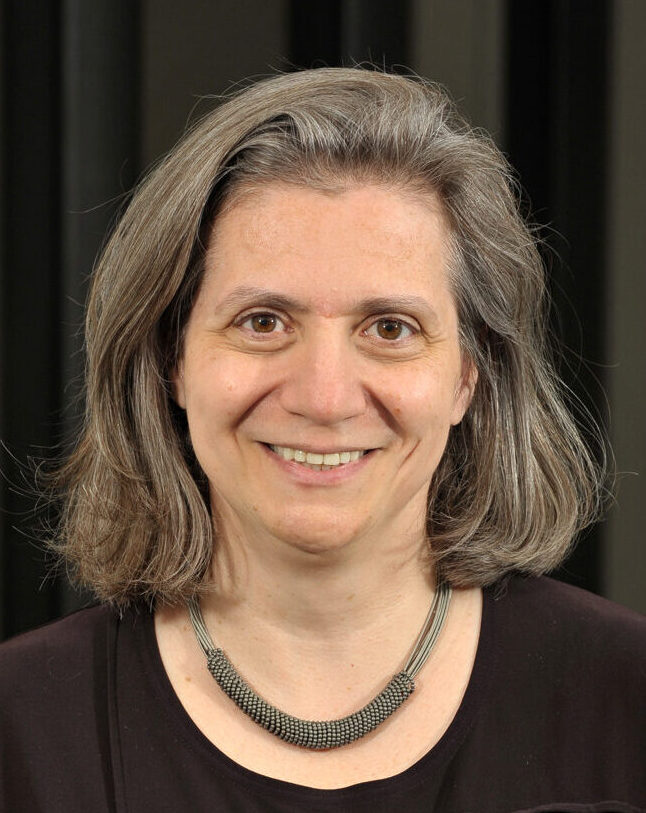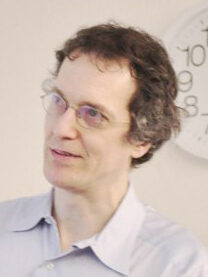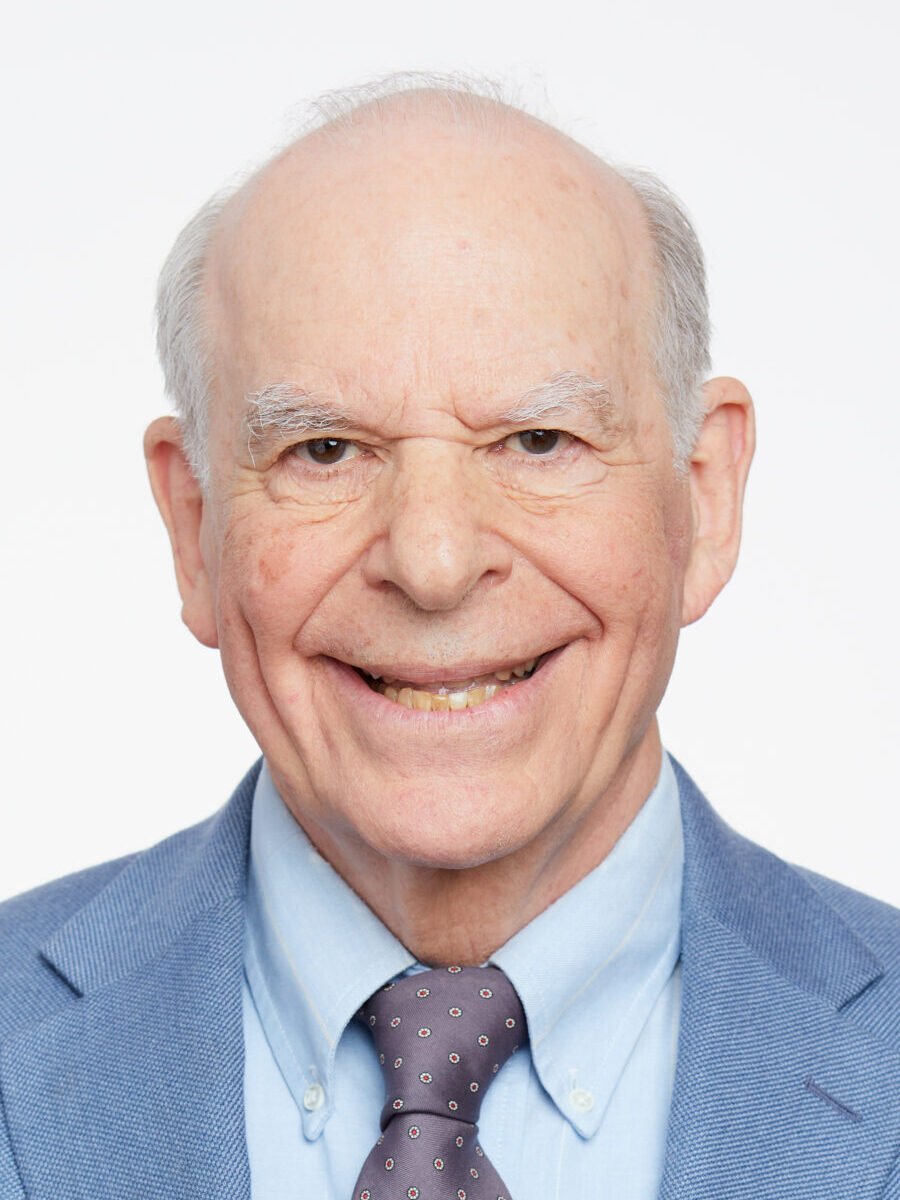The Aspen Center for Physics is an independent non-profit institution. Its vitality is ensured by generous financial contributions made by current and past participants. Participants can make one-time or annual donations to the Reserve Fund or for specific purposes.
The Center is especially grateful to winners of major awards who have contributed through the Bethe Circle. The Circle recognizes Hans Bethe, a long-time Aspen Center for Physics participant, who donated part of the award from his 1967 Nobel Prize in Physics to the Center. Following in Bethe’s footsteps, a number of participants whose outstanding work has been recognized by professional awards and prizes have chosen to donate part or all of the prize money to support the Center. If you have received a professional award or prize and would like to become a member of the Bethe Circle, please contact us.








